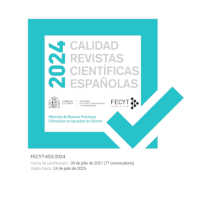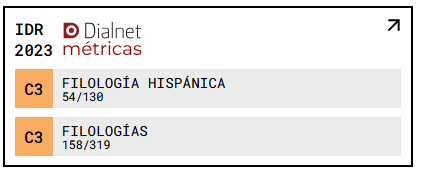El imaginario del vino en la literatura medieval : la dualidad vida-muerte
DOI:
https://doi.org/10.18172/cif.1494Keywords:
Wine, life, death, joy, misery, French and Iberian Medieval LiteratureAbstract
Wine in Medieval Culture imagery is associated with the two sides of human existence: life and death. It is thus the object of two analytical perspectives. In the tension between these two perspectives we find a positive vision of wine drinking in terms of both its real and metaphorical relation to the joys of good living, thus leaving us with comforting images of grandeur and bliss. The negative vision, in its turn, links wine with drunkenness, disease and death, constructing images of physical, economical and spiritual decadence. This is so because, as the clergy and other moralists proclaim, drunkenness is sin (the death of the soul), it is closely linked to gluttony and it lies at the origin of other forms of sinful behavior such as lust, infidelity, and anger. We conclude that ambivalence and ambiguity govern the imagistic expression of wine in the Middle Ages, although at some point antiphrasis will bring about the change –the world upside down– and life will pour in through the cracks of death thereby giving rise to another form of blissful existence: immortality.Downloads
Download data is not yet available.
Downloads
Published
2013-06-21
How to Cite
Salinero Cascante, María Jesús. “El Imaginario Del Vino En La Literatura Medieval : La Dualidad Vida-Muerte”. Cuadernos De Investigación Filológica, vol. 33, June 2013, pp. 213-42, doi:10.18172/cif.1494.
Issue
Section
Articles
License
The authors retain copyright of articles and authorize CIF the first publication. They are free to share and redistribute the article without obtaining permission from the publisher as long as they give appropriate credit to the editor and the journal.
Self-archiving is allowed too. In fact, it is recommendable to deposit a PDF version of the paper in academic and/or institutional repositories.
It is recommended to include the DOI number.
This journal is licensed under a Creative Commons Attribution 4.0 International License














